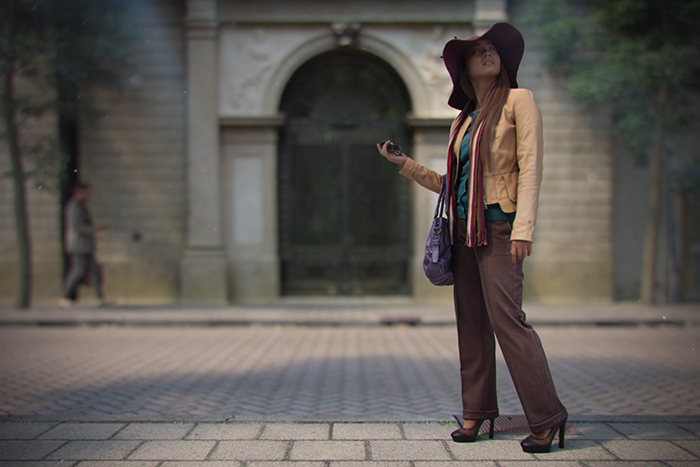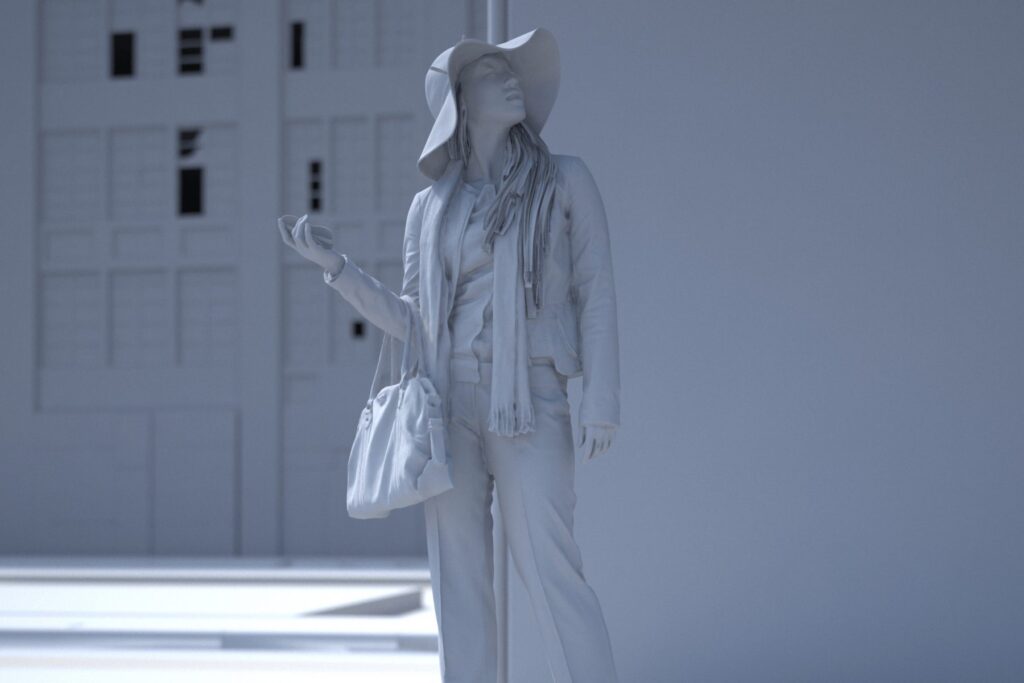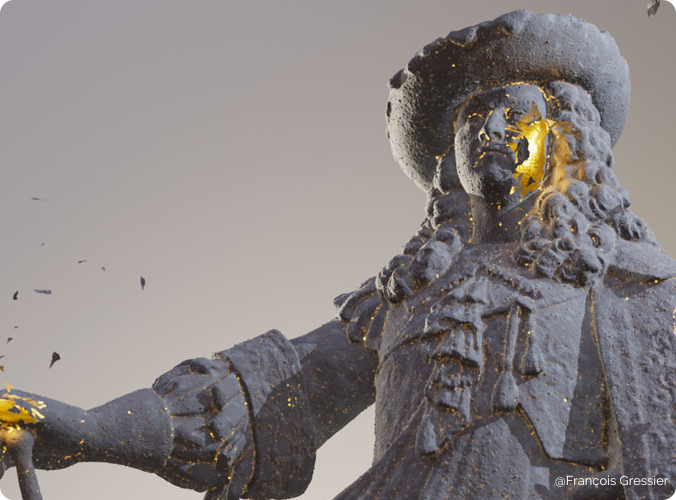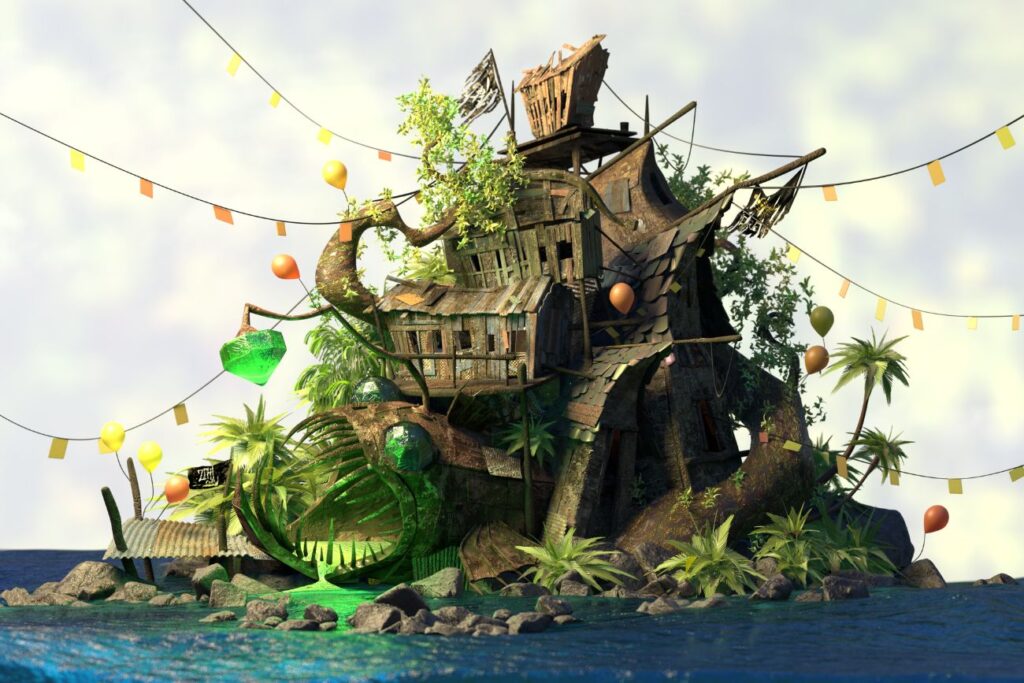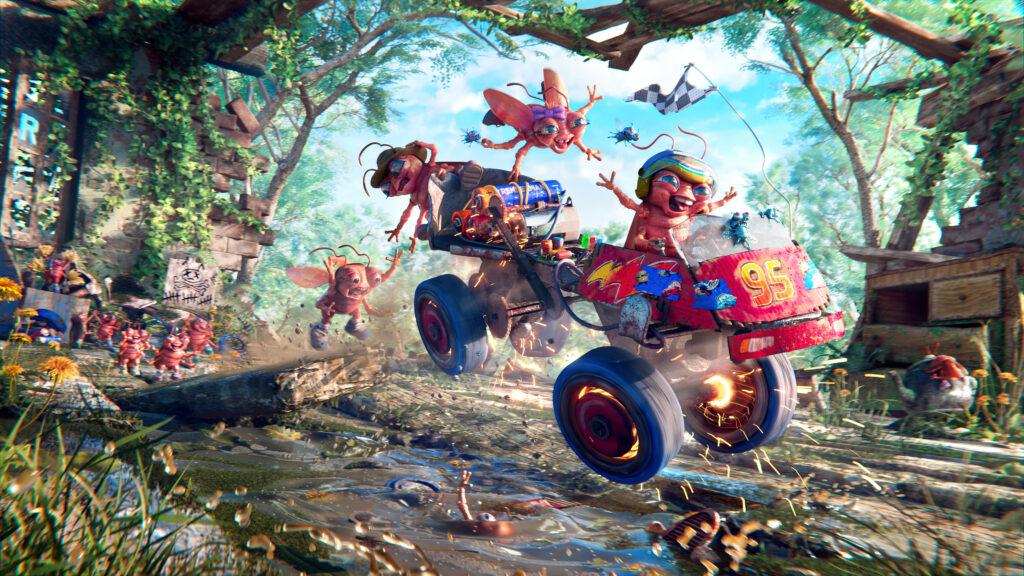3D characters integration: stand still and be fit
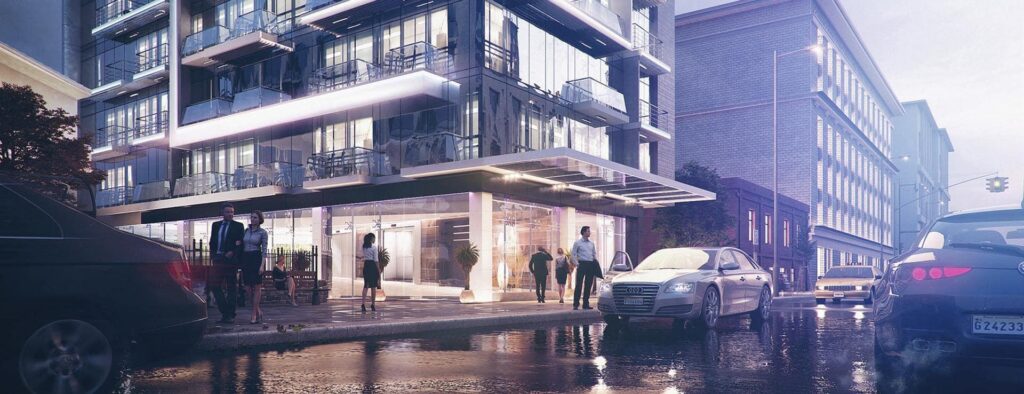
Integrating characters, vegetation and vehicles in architectural scenes fuelled many debates for years. Some of them are full 3D and some others are full compositing or a mix of the two techniques. Be it as it may, integration is often a very time-consuming job that can ruin the whole rendering of your building.
Implementing 3D cars is not worrisome anymore. Similarly for vegetation: there are more and more detailed models which are preset to fit rendering engines in combination of some plugins such as Forest Pack. This leads to an ease of full 3D rendering.
It seems that only the integration of characters remain lagging behind. Photogrametry methods applied to characters allow to raise the quality of the models. 3D characters provided by Humanallow and Renderpeople for instance, follow this principle. 3D models offer bigger possibilities than the photograph of characters with masks (cutout).
However the very high price (from 40 to 50€ per character pose) is still a slow down for many studios.
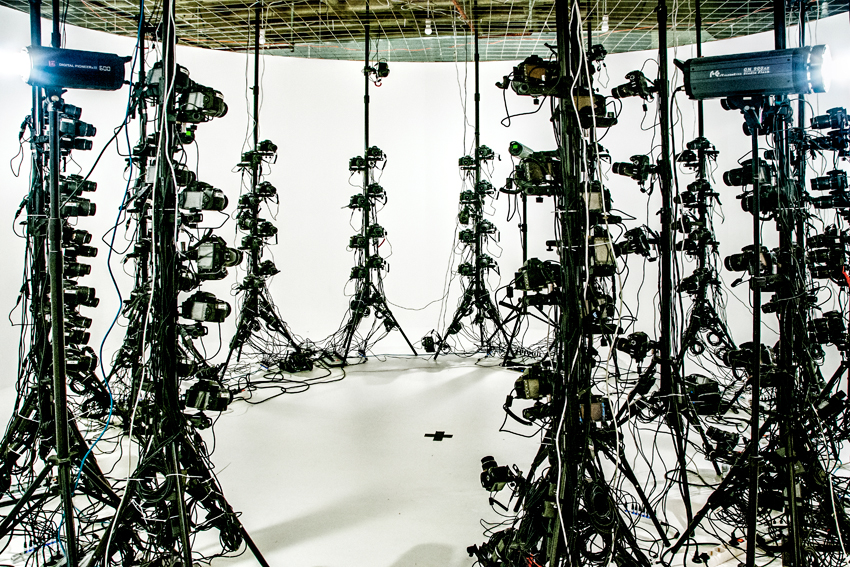
As for me, I still use 2D characters a lot for the two following reasons:
I prefer the Vizpeople cutout that displays a neutral photograph which is easier to rectify in order to integrate it in our scenes.
Then, remains the compositing job. A few months ago, I came across a very interesting website regarding its own approach of the compositing job: www.horoma.net
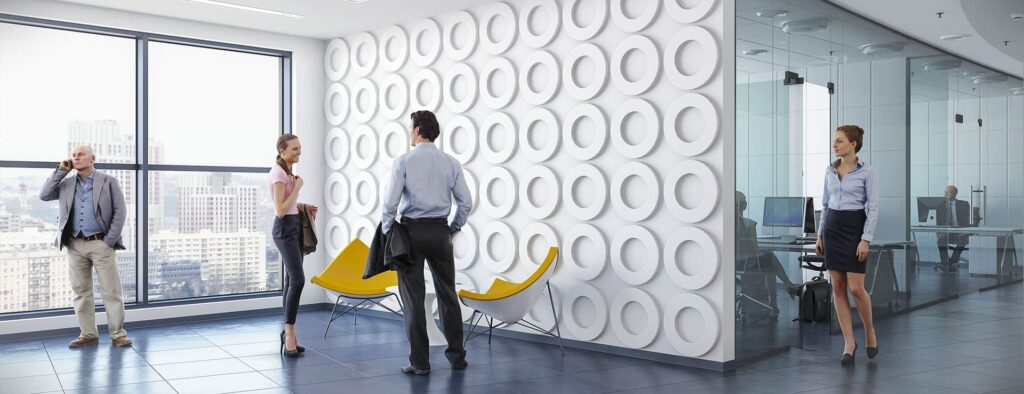
Horoma is a studio specialized in the preview of architectural projects.
They deeply studied integrations as well as how to rectify renderings and they decided to share it on their youtube channel. You should take a glimpse to their tutorial about characters integration.
The tutorial which interested me the most was about their rectifying method thank to Photoshop verifying mask. Some layers allow to compare contrast, colors and saturation from different images that are making up our composition. The comparison tool used for saturation is particularly useful because it facilitates immediate identification regarding issues such as the saturation differences in your image.
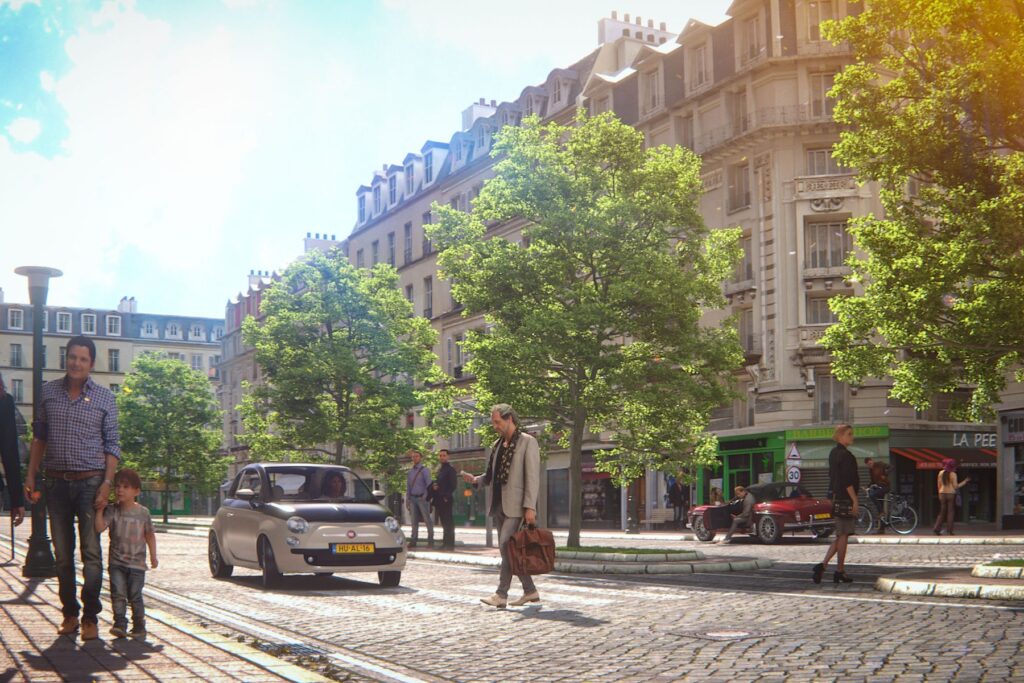
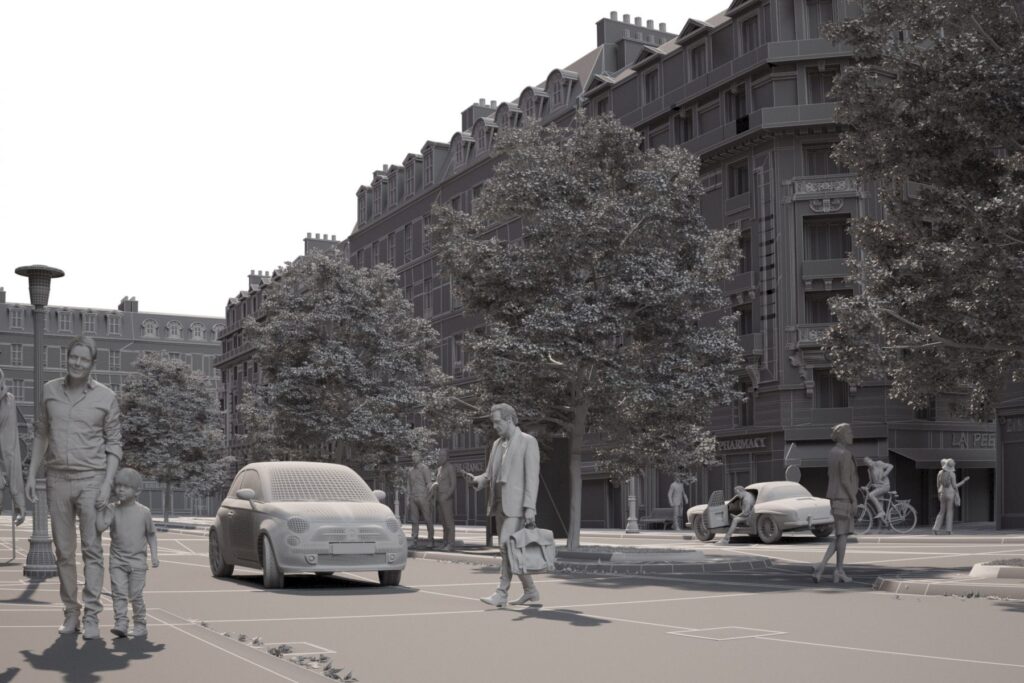
They created a series of Photoshop actions aiming to support our productivity: controlling layers, Photoshop folders creation in order to structure our composition…
I opted for this method and thus I managed to establish a proper integration process.
Will The release of Adobe Dimension CC -which enables to load and render 3D objects- change our way to deal with characters integration? It is too early to tell but there is clearly a new path that we will certainly explore.
Christophe Bicchierai
To go further:
- Horoma youtube channel
- Tutorial on characters’ integration
- Comparison of saturation tool
- Photoshop action series
- Free 3D characters at Renderpeople and Human Alloy
- Free 2D characters at Vizpeople
- Tutorial of car park creation with RailClone
